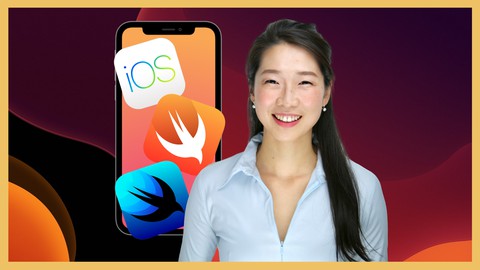Optional Parameters With Default Values In Swift Explained
Optional parameters with default values is a powerful feature of Swift functions.
This allows you to add additional parameters without needing to modify all existing functions calls.
How To Use Optional Parameters With Default Values
To create a function with optional parameters that have default values, simply define them after your non-optional parameters.
func sendGreeting(name: String, greeting: String = "Hello, ") {
print("\(greeting)\(name)")
}
sendGreeting(name: "Eddy")Since we didn’t specify the greeting parameter, this will output:
Hello, EddyHowever, if we call the function like so:
sendGreeting(name: "Eddy", greeting: "Heya, ")We’ll get the following output:
Heya, EddieSimple enough right? The only thing to remember is to always put your optional parameters with default values at the end, after your required parameters. This is a best practice, however Swift doesn’t enforce this rule.
This code will still work:
func sendGreeting(greeting: String = "Hello, ", name: String) {
print("\(greeting)\(name)")
}
sendGreeting(name: "Eddy")Why Use Optional Parameters With Default Values
Why would we use optional parameters with default? The best case to use an optional parameter with a default value is when you want to modify a function but it is being called in many different places.
Instead of having to modify all these function calls, you can simply add an optional parameter with a default value. That way all the previous function calls will work fine and your new function call will work as well!
Alternatives to Optional Parameters With Default Values
Another option instead of using optional parameters with default values is to create two functions, one that calls the other:
func sendGreeting(name: String) {
sendGreeting(name: name, greeting: "Hello, ")
}
func sendGreeting(name: String, greeting: String) {
print("\(greeting)\(name)")
}
sendGreeting(name: "Eddy")Hello, EddyThis will achieve an identical result. You can of course call the second function:
sendGreeting(name: "Eddy", greeting: "Heya, ")Resulting in:
Heya, EddyEddy Chung
Similar Posts
- Explanation & Solution for 'fatal error: unexpectedly found nil while unwrapping an Optional value'
- Swift If Let Explained
- Swift Nil Coalescing (??) And Ternary Conditional (?:) Operator Explained
- What Does The Question Mark Mean In Swift
- Best Backend For iOS App
- 10 Steps To Become An iOS Developer With No Experience
- Build An Alert Dialog Box With Text Input In Swift
- The Best Tools For iOS Developers
- Best Programming Languages To Learn For Mobile App Development
- Solution: Can't Update Xcode From App Store, Hangs Indefinitely

The Complete iOS App Development Bootcamp
Disclosure: This website may contain affiliate links, meaning when you click the links and make a purchase, we receive a commission.